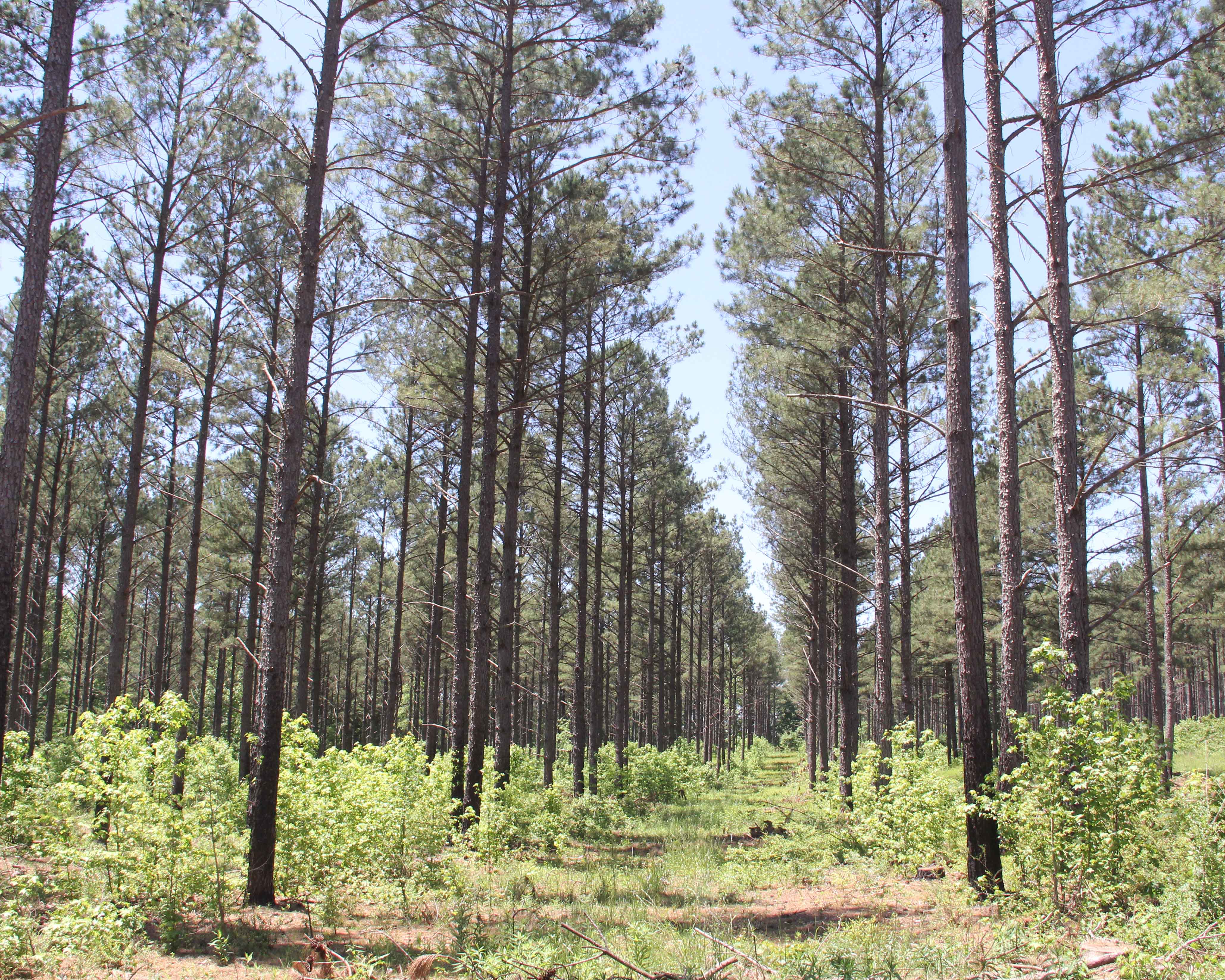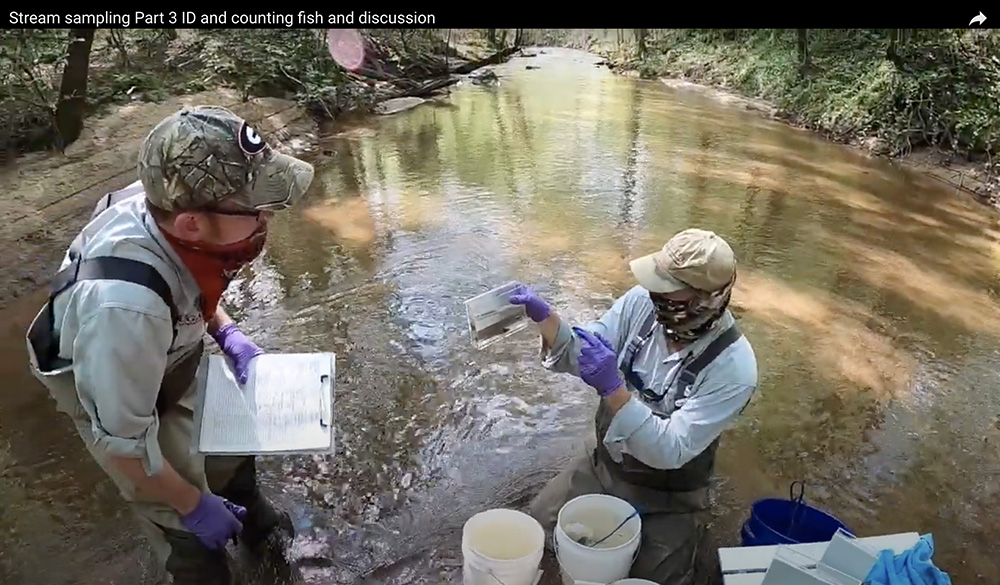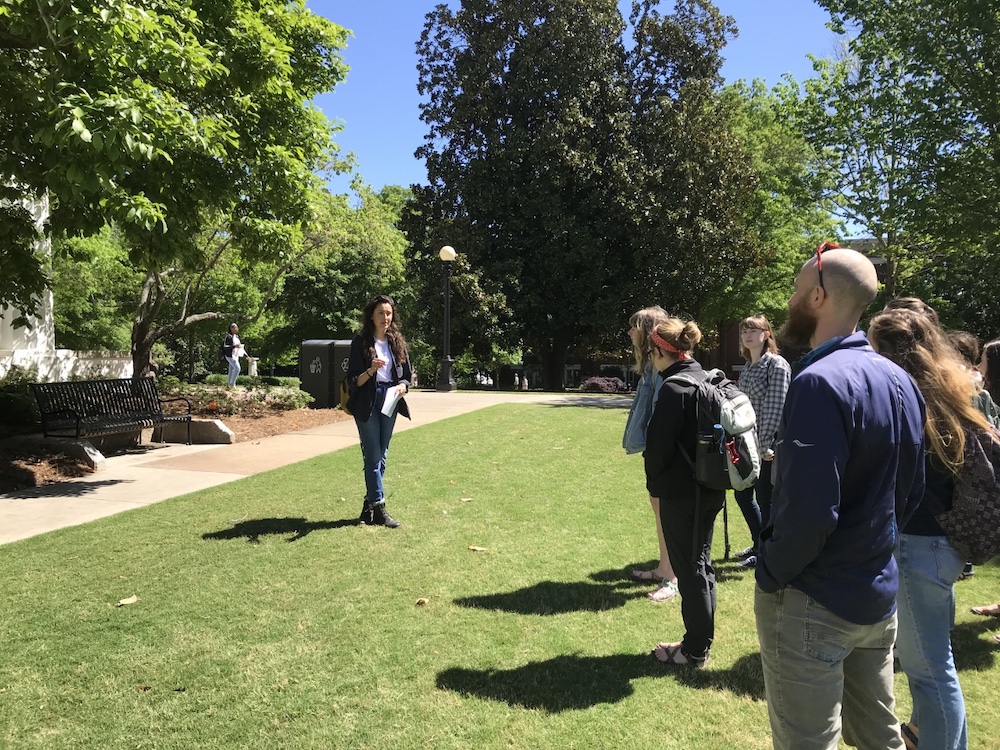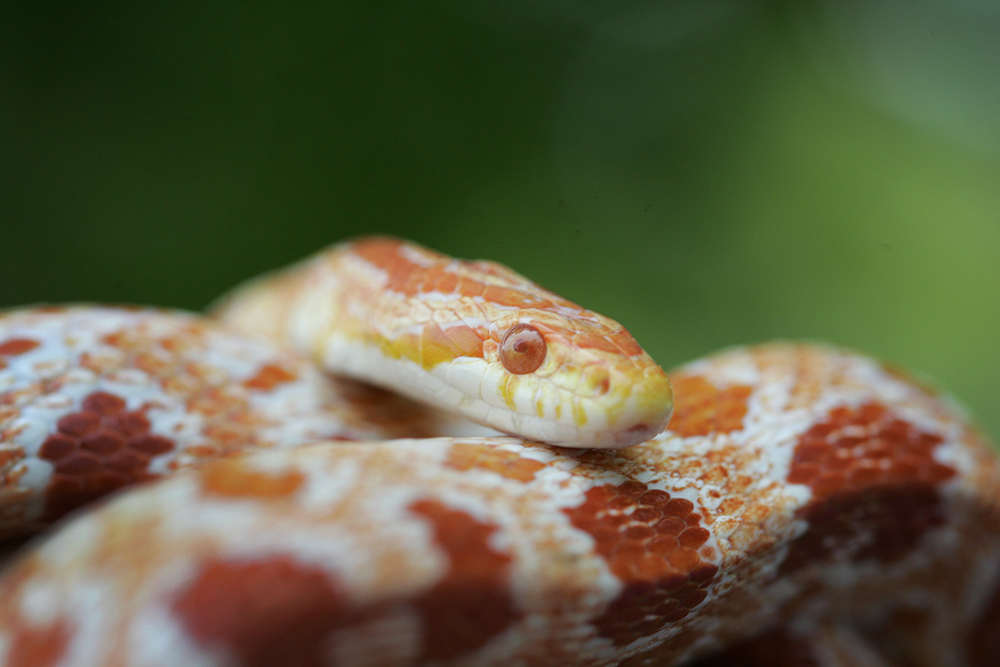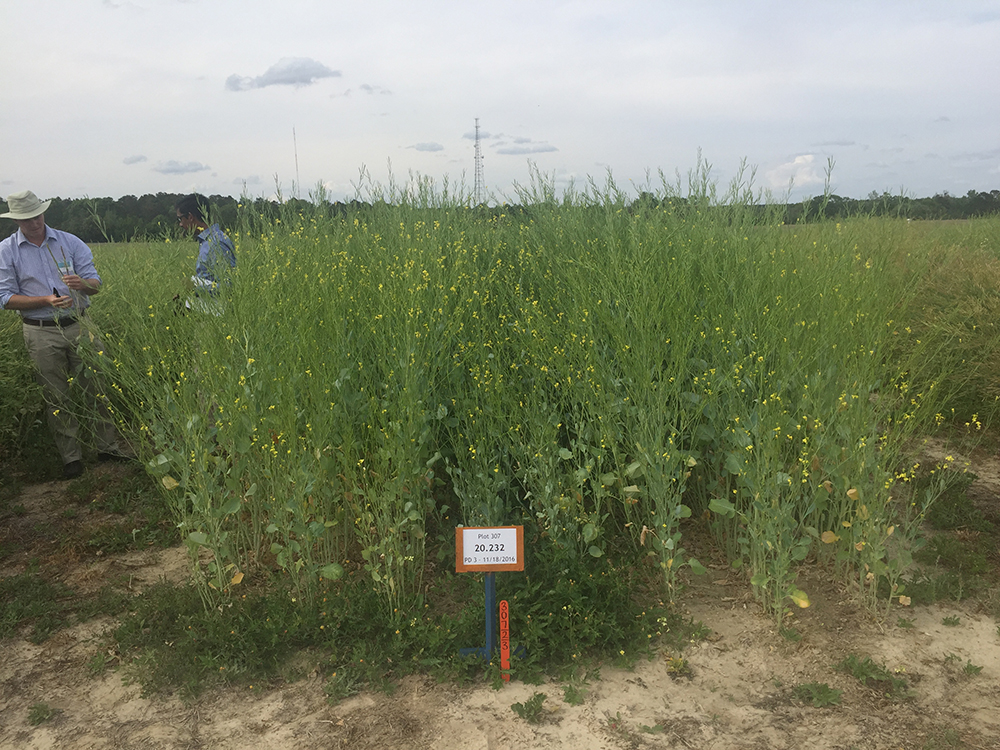Hot cocoa, Christmas tunes, cold weather, family fun and Christmas tree hunting are just around the corner. Begin your expedition to find the perfect live Christmas tree with a few tips from University of Georgia professor and tree expert David Moorhead.
Buying and decorating trees during the holiday season has been a tradition for more than 500 years. Each year more than 33 million live Christmas trees are sold in the U.S.
“Trees start getting cut down and shipped in November,” Moorhead said. “These trees come from Michigan, New York, out West, North Carolina and a few other surrounding states. These trees are the ones found in retail stores and tree lots.”
The best place to get the freshest trees possible is a choose-and-cut Christmas tree farm. Christmas tree farms provide local farmers with income and families with memories.
The four common types of Christmas trees found in the South are pine, fir, spruce and cedar/cypress. The type of tree can be identified by its needle arrangement, size and color.
No matter where you buy your tree, consider the shape, height and foliage when selecting your tree.
“Make sure you check the height of your ceiling before leaving the house,” Moorhead said. “You don’t want to get home and find you have to chop it up to make it fit.”
Buy a tree one foot shorter than your ceiling height. Shake the tree before you buy it, and make sure lots of needles don’t fall off. This is a sign of a dry or dead tree. Make sure the needles are fresh and pliable. If the tree has a droopy look, stay away because it has probably gone too long without water.
Check for insects and dead needles inside the crown (about the middle of the tree), as these could be signs of a dead tree.
Make sure the bottom part of the trunk is straight and about six to eight inches long. This gives enough room for the base to be cut and the tree to go into a stand.
After you check out the needles and height make sure it has good taper or fullness. If you have a larger area, you can choose a tree with a fuller base.
Once you pick out your tree and take it home, you must continue to care for it to keep its look and smell fresh throughout the holidays.
“As soon as you get home, before putting it in a tree stand, make sure you cut off one inch of the base and immediately put the tree in water,” Moorhead said. “The first couple of days the tree will go through a lot of water.”
Place the tree in a stand that holds at least one gallon of water. If the tree doesn’t get the proper amount of water, it will dry out and will be difficult to rehydrate. Moorhead said that plain water is best for the tree, and that sugar, fertilizer and other concoctions aren’t necessary.
Once the holidays are over, don’t just throw the tree away. Use the main stem for firewood after the branches and needles are removed. Or create a fish attractor by weighting the base of the tree and sinking it into a pond or lake.
You can also grind the tree for mulch for personal use, or take it to a big box store that will chip the wood and donate it.
Moorhead says that Keep Georgia Beautiful has sponsored a Christmas tree recycling program for more than 20 years. “Bring One for the Chipper” allows people to bring their trees to designated spots to be recycled into mulch for various community projects. To find out more information or locate a donation location, visit www.dca.state.ga.us/environmental/kgb/bring_one_for_chipper.html.


